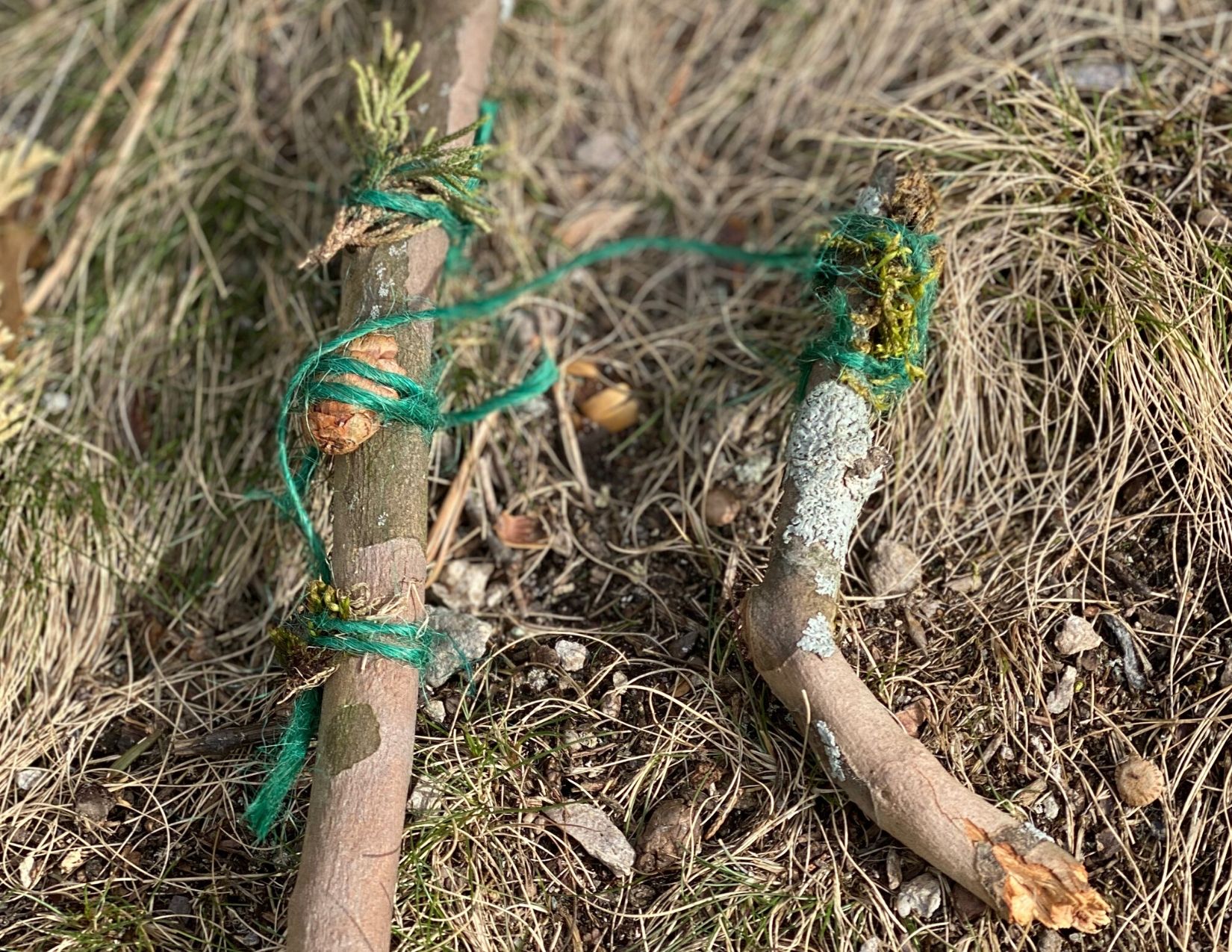
If your family hike suggestions are met with a lack of enthusiasm, or if your little hikers like to be kept busy during nature time, then introduce the journey stick on your next hike.
When Aboriginal people of Australia went on journeys, they collected objects along the way, tying them to the stick in chronological order. When they returned home, they used the stick to remember their journeys and relay the story of their journey to friends and family.
A journey stick is a great activity to do with kids as it helps them focus on their surroundings, learn about nature, keeps them busy, and results in a wonderful handmade (free), customized souvenir from their trip.
Making journey sticks is a wonderful new habit for your child to adopt. They can create one each time their hike or have an outdoor adventure, keeping them to remember what they saw and felt along the way. Perhaps they watched a Heron wade as they found a shiny rock at the water's edge. Or else spotted a double acorn as they watched squirrels dig up their winter cache. The object will serve as a connection to your child's experience and the natural world.
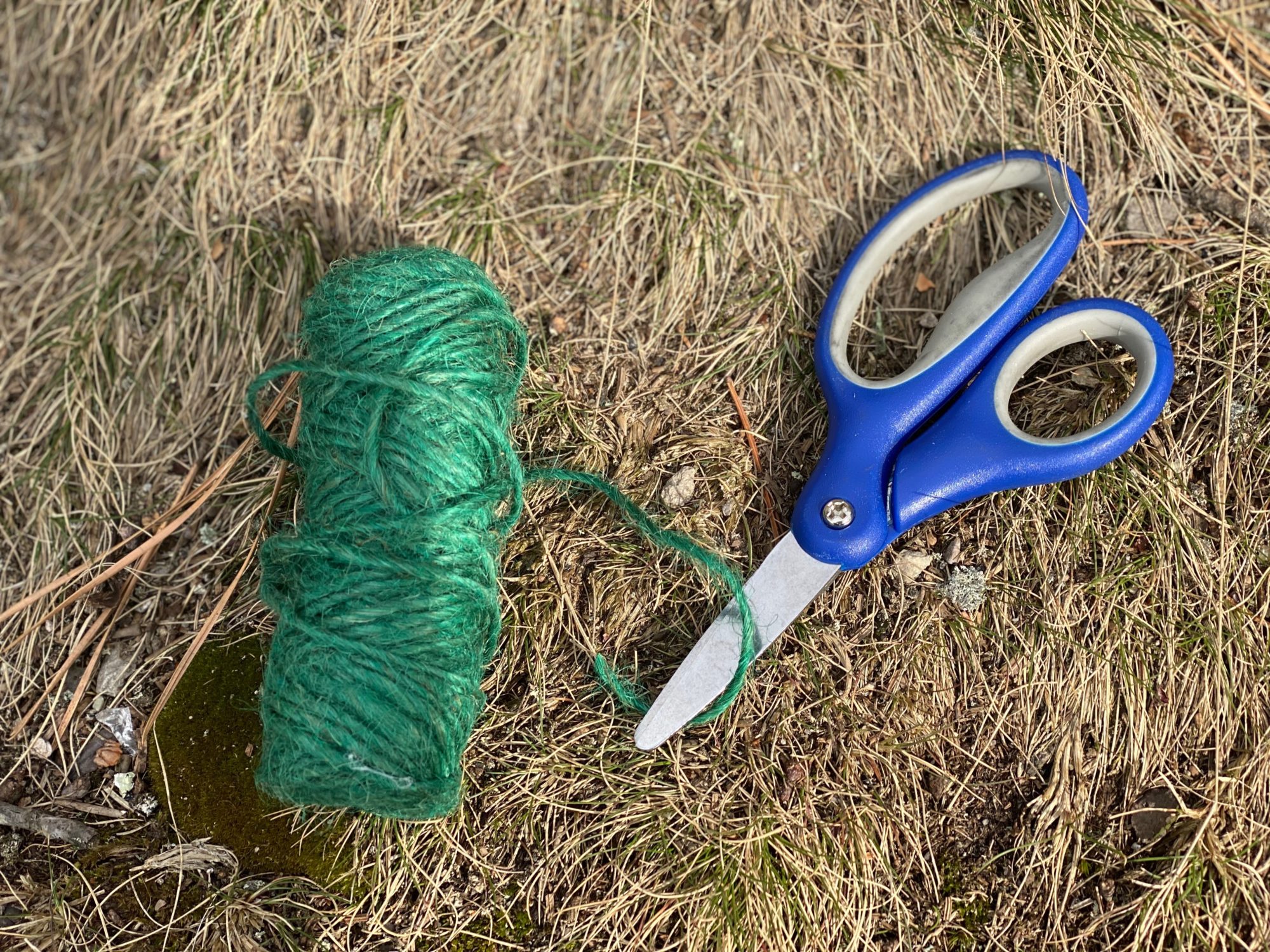
To make journey sticks, you don't need to bring much along. Just take some string or ribbons (precut or with a pair of scissors) or else rubber bands to attach objects to the stick.
Tell your child what a journey stick is, how it was used by Aboriginal people and how they can use it and make it. Then let them set out to find their perfect journey stick. The size they choose is up to them. I've had children make large hiking stick sizes, small pocket size sticks and everything in between.
The natural objects should be gathered naturally along the hike. The stick is not the objective of the hike. It's a beautiful souvenir but the point is still the experience. Your child should focus on being present for the hike, deeply tuning into their surroundings, noticing what's around. This will help them develop their observation skills, detail-noticing abilities, and curiosity.
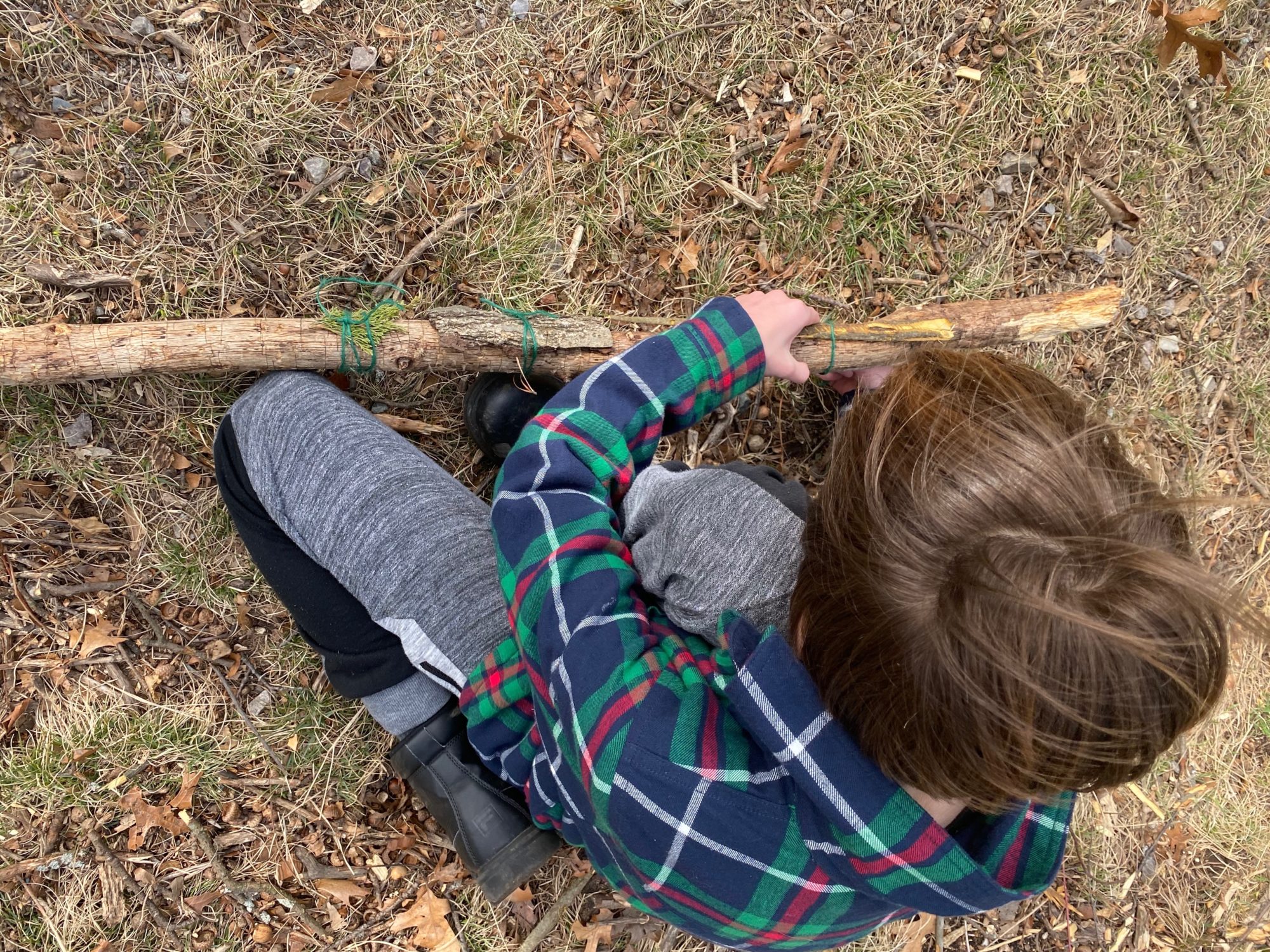
If your child has a hard time making choices of what to attach to their journey stick, tell them to think of all of their senses. What colors did they see along the hike? Which objects in nature can they find that represent those colors? What smells did they notice? Can they find natural objects that represent different textures they felt? Can they find anything that reminds them of the balance they needed along the hike? Or of times they felt shade versus direct sunlight?
With all nature activities, tell your child to be mindful of protecting the natural environment. They should only collect things that have fallen to the ground rather than pick flowers, dig up moss or pluck leaves from trees. Also, they should steer clear of trash, glass, poisonous plants or other dangerous items.
As they gather their objects, help them attach them to the stick from the top of the stick down so you can read the story of the journey from top to bottom.
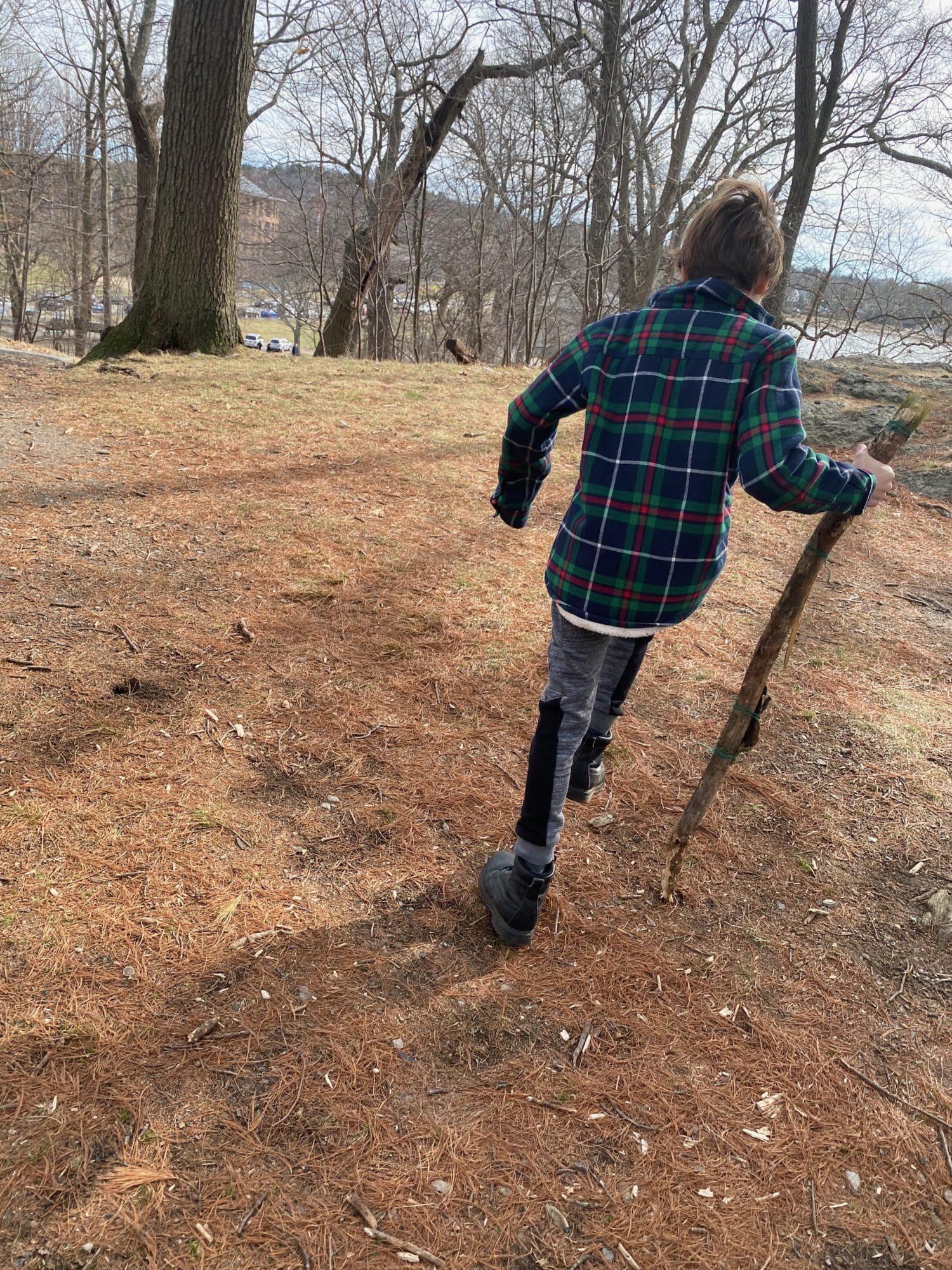
Once their journey and journey stick is complete, have them retell the story of their adventure, using the natural objects as prompts. Ask them to share their reason for choosing these objects as well as what the object is used for, and where it's found in nature. They can also talk about how different their stick might look in different seasons. Better yet, head out on a hike to this area in a different season to maker a journey stick and then compare the sticks made in different seasons.
Happy journeying!
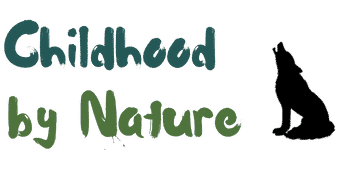
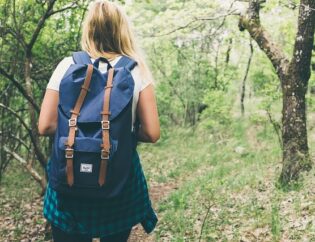
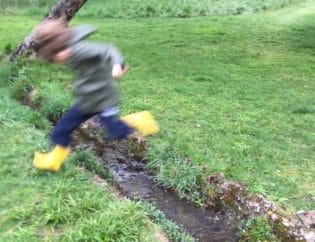
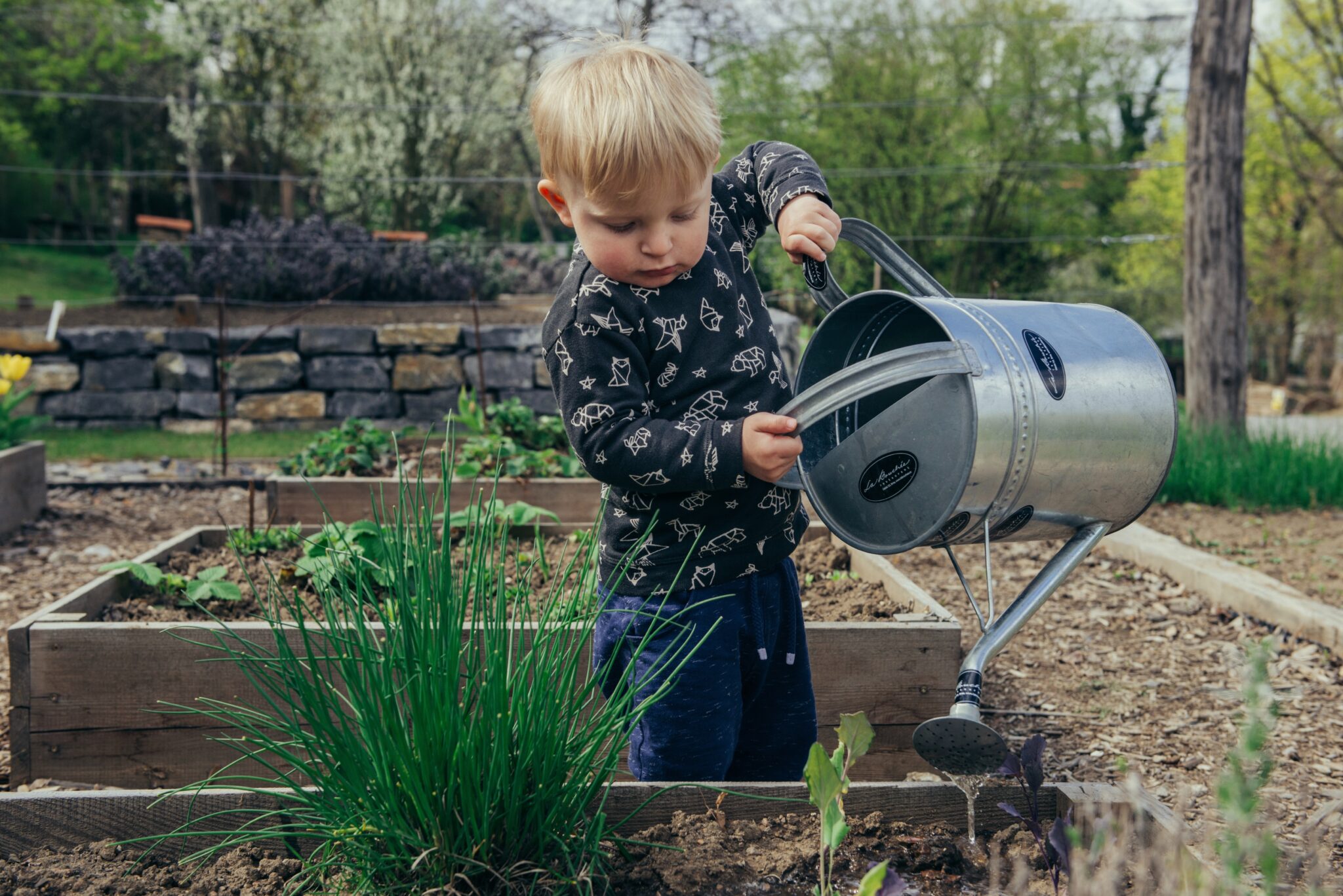

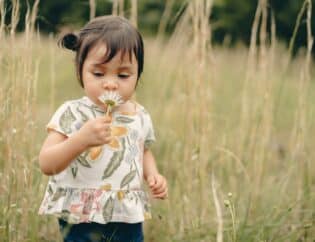
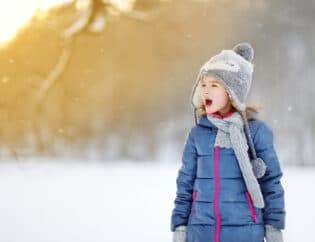
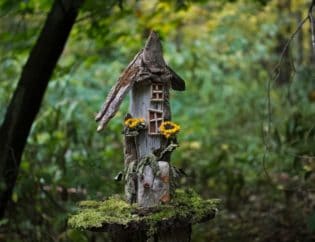
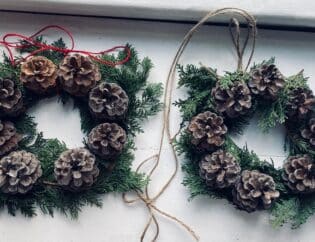

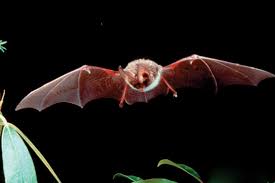
[…] one to try is journey stick, which allows children to create a memento of a walk and the things found. Finding a large stick is […]
[…] How to Make a Journey Stick // Childhood by Nature […]
[…] How to Make a Journey Stick // Childhood by Nature […]
[…] one to try is journey stick, which allows children to create a memento of a walk and the things found. Finding a large stick is […]